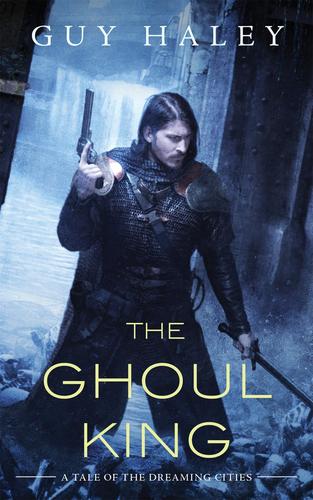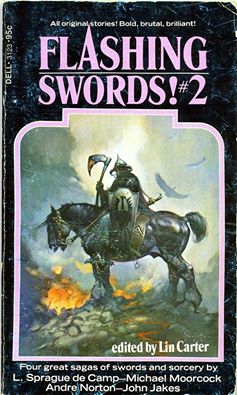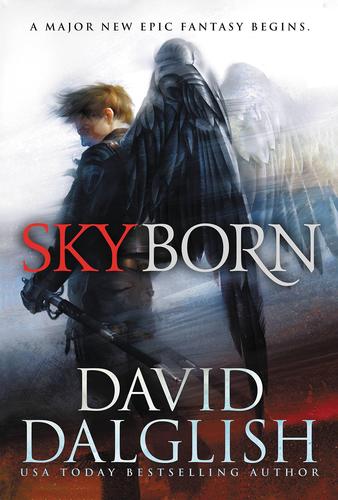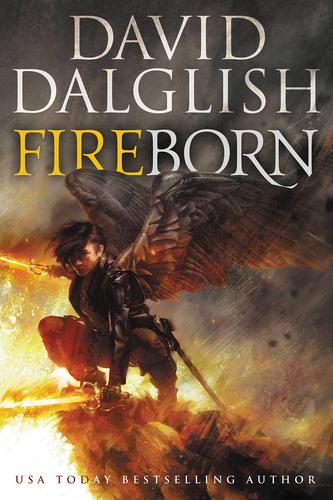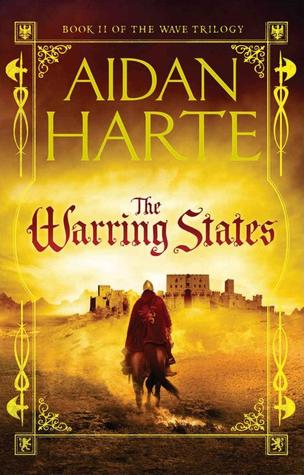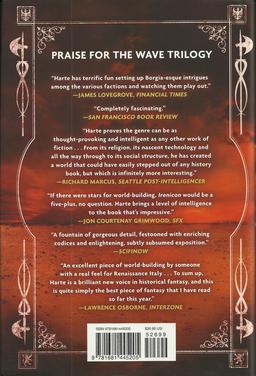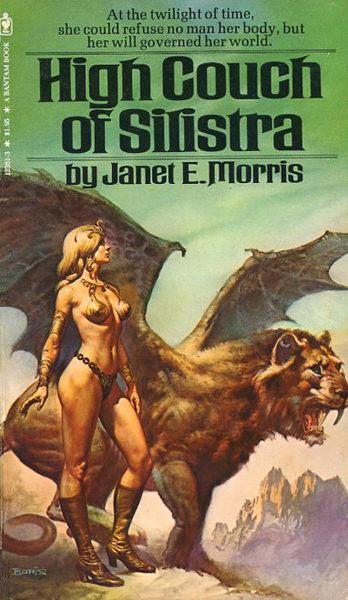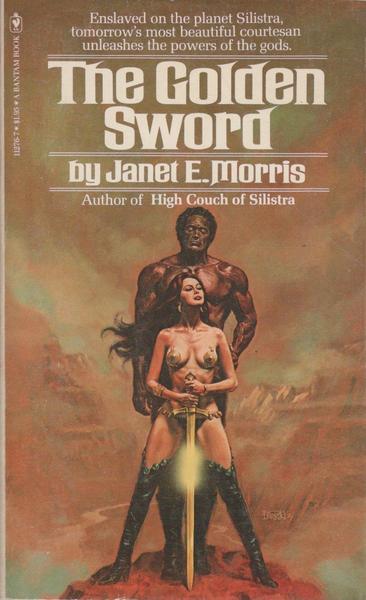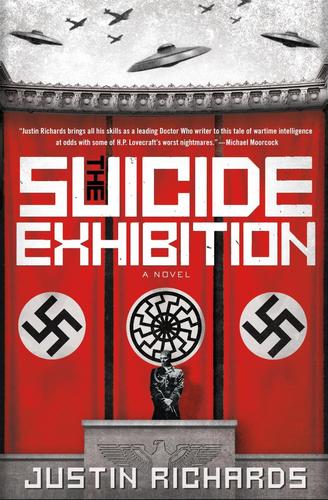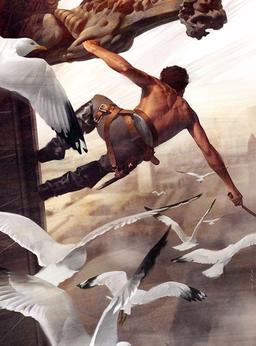Series Fantasy: The Books of the Raksura by Martha Wells
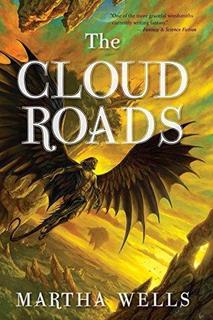 |
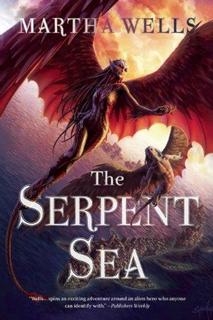 |
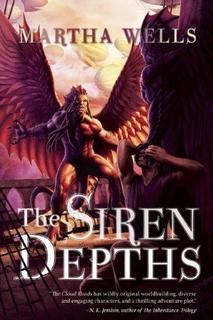 |
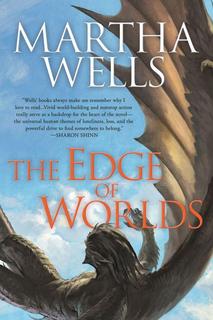 |
I’m cheating a bit with these books, since technically they’re not all part of the same series. Also, the newest volume, The Edge of Worlds, won’t officially be released until April 5th — but Amazon and B&N.com both have copies in stock today, so let’s go with it.
Martha Wells’ tales of Gilead and Ilias were some of the most popular stories we ever published in Black Gate, and her Books of the Raksura trilogy captivated readers around the world. Her latest novel, The Edge of Worlds, expands her world of the Raksura with the start of a brand new series. That brings the total books set in the Three Worlds to four:
The Cloud Roads (300 pages, $14.99/$9.99 digital, March 1, 2011, cover by Matthew Stewart) — excerpt
The Serpent Sea (320 pages, $14.99/$9.99 digital, January 25, 2012, cover by Steve Argyle) — excerpt
The Siren Depths (320 pages, $14.99/$9.99 digital, December 4, 2012, cover by Steve Argyle) — excerpt
The Edge of Worlds (388 pages, $24.99/$13.99 digital, November 10 2015, cover by Yukari Masuike) — excerpt
All four are published by Night Shade Books. Links will take you to our previous coverage.
Here’s the description for The Edge of Worlds.

